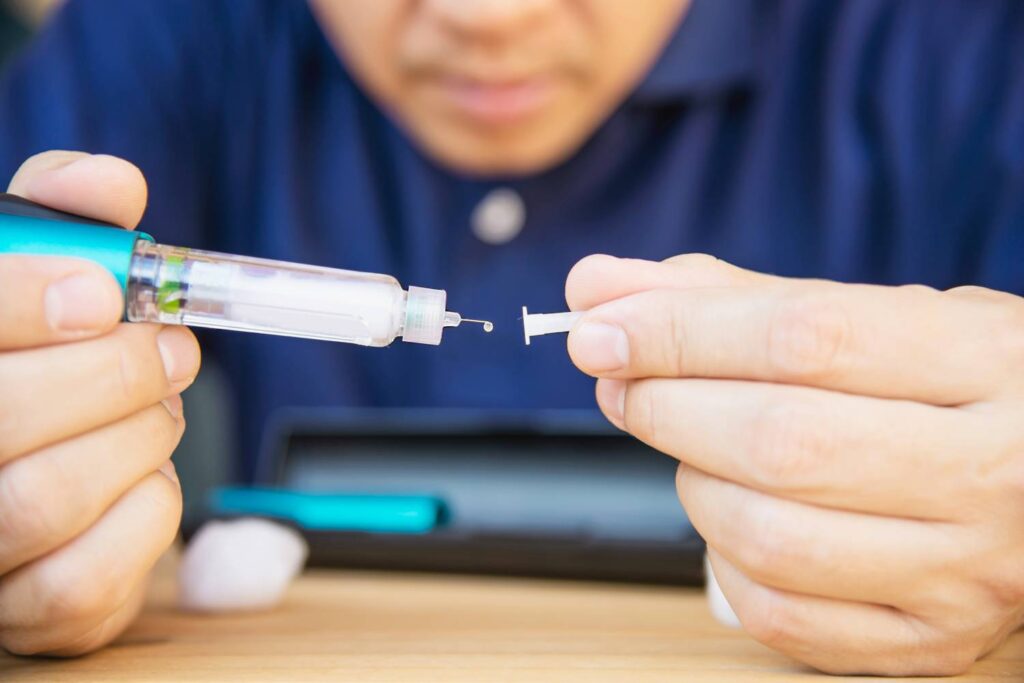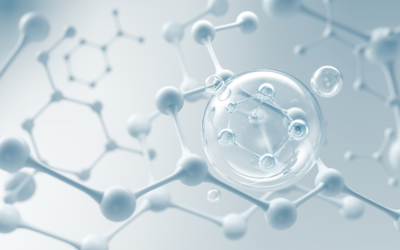
Diabetes is a chronic disease characterized by an excess of sugar in the blood (glucose) due to the body’s inadequate production of insulin.
Insulin is a hormone produced by the beta cells of the pancreas. It is the only hormone in the body that has a hypoglycaemic effect (lowering blood glucose levels). Blood glucose in people without diabetes is regulated naturally within the normal range. Insulin is also needed to ensure the body’s basic metabolism.
As already mentioned, those with impaired regulation will suffer from diabetes. There are different forms of the disease. Type 1 diabetes, distinguished by a total absence of insulin production, and type 2 diabetes, determined by a reduced sensitivity of the body to this hormone.
Type 2 diabetes, in particular, is affecting more and more people around the world.
The evolution in the history of diabetes management devices
The 1980s were a turning point for the diabetic patient. Indeed, animal insulin was finally replaced by the equivalent of human insulin. This incredible innovation enabled a major step forward in insulin delivery. The same period also saw the introduction of the insulin pump, which constantly releases the hormone into the body, almost simulating the functions of the pancreas in a non-diabetic individual.
In the 1990s, changes in the composition of synthetic insulin revolutionised its durability. This is referred to as modified insulins or ‘insulin equivalent’, produced by biosynthesis. A distinction is made between ‘rapid equivalents’: rapid effect and short duration of action compared to human insulin; and ‘long-acting equivalents’: intermediate or slow insulin.
Subsequently, the first insulin cartridge pens were developed and marketed, which made it possible to limit the use of syringes and ampoules.
The real breakthrough in the history of insulin therapy came with pre-filled disposable insulin syringes, also known as the ‘insulin pen’. An easier and faster way to self-inject insulin
Tools used to prepare the insulin injection device
Insulin subministration is therefore an important step in therapy.
The quality of the devices used must have specific characteristics. For example, benefit and comfort perceived by the patient, clinical benefit, economic viability.
Like all injectables, insulin pens are delivered to the patient completely sterile. All the components used in the pen are perfectly sterilized in specific autoclaves, while the caps or plungers for sealing the pre-filled syringes are washed and sterilized in special Closure Processors Equipment, an example of which is the CPE from LAST Technology.


